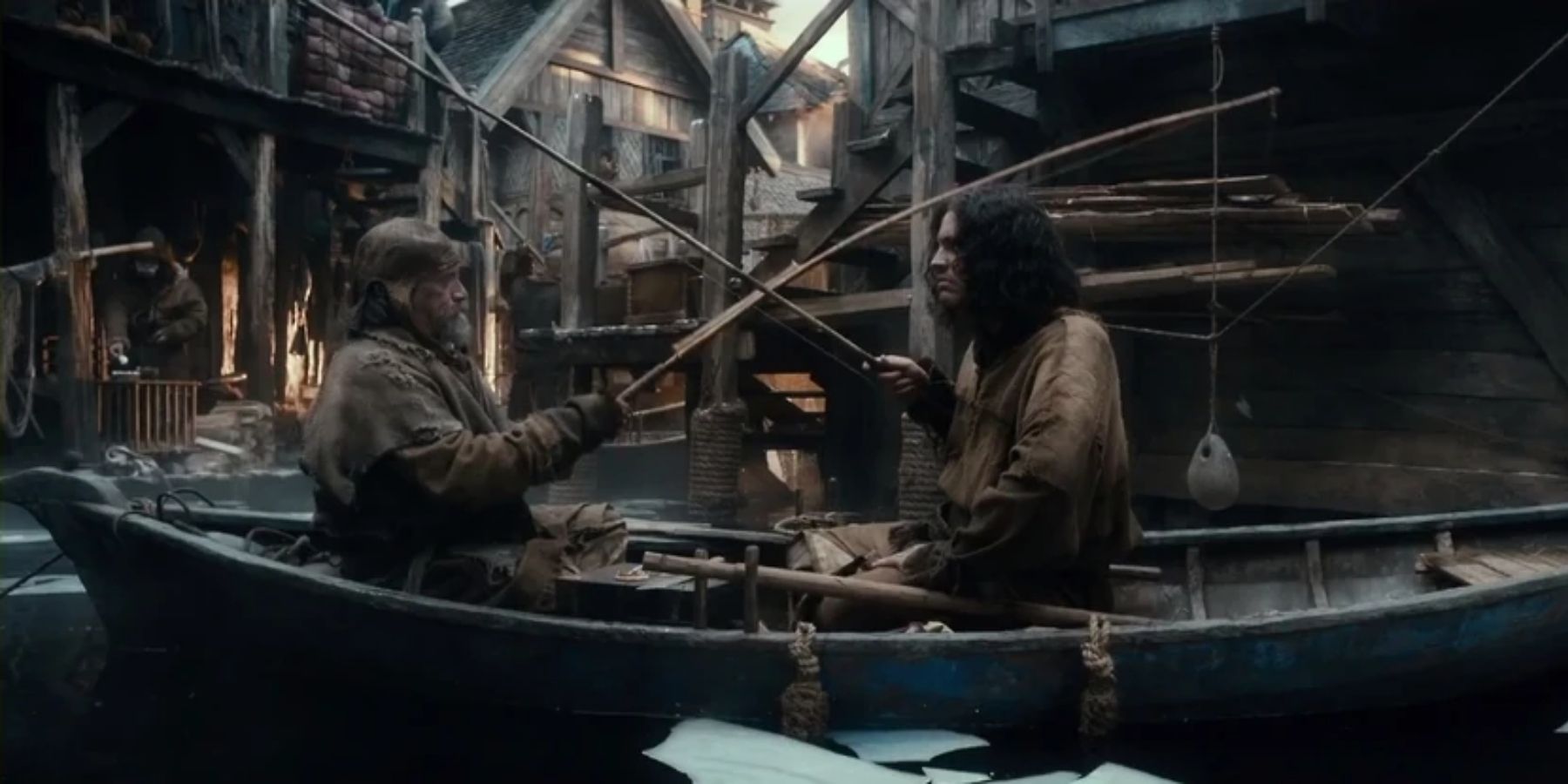One of the biggest concerns of fans worldwide with the recently released first episodes of the Rings of Power Amazon TV series is that it wouldn’t stay true to the original content of Tolkien’s works. Many long-running fans of the Peter Jackson movie adaptations feel that he, as a director and creator, captured the essence and the heart of Middle Earth from Tolkien’s writings, and so were worried that this new high-budget TV series wouldn’t live up to the timeless brilliance of the classic trilogies.
However, the creators of the new series have obviously taken particular care in keeping the Rings of Power consistent with those that came before it, and have many examples of paying homage to the movies.
Prologue
Arguably one of the most iconic scenes of the entire Lord of the Rings trilogy is the prologue in which the audience is first introduced to the lore and the history of the world by Galadriel’s narration. In the films, she talks through the creation of the rings, the battle of the Last Alliance, an introduction to Sauron, and the betraying of Isildur by the One Ring. Very similarly, the Rings of Power opens up with Galadriel narrating the history of their world before evil came into it, and the stunning visuals on screen, the tone of her voice, and even the actual scenes depicted feel very similar, which helps to make it feel like it all exists within the same world. The battle of Finrod against the orcs looks visually similar to the Last Alliance, the depiction of Sauron too, is very reminiscent, as it speeds through the early years and then brings us up to the start of the story.
Gandalf
One of the scenes in the original movies that raises the stakes of the quest at hand, and the danger that the four hobbits trying to leave the Shire are in, is the scene in which audiences see Gandalf trapped up on the Tower of Orthanc, betrayed by his oldest friend Saruman. The only way in which he is able to escape in the movies is because a moth appears, which he captures, whispers to, and then releases into the night to go and get the giant eagles for help.
This scene was paid homage to by the man in the meteor, who many believe may be none other than the grey wizard himself. When Poppy and Nori go to visit the stranger that they rescued the previous night, they take a lantern full of fireflies. The man catches one in his hand, whispers to it, and then releases it into the night sky, which really feels like a homage to Sir Ian McKellen’s stellar performance.
Lindon
So many things about the elven city of Lindon feel reminiscent about the first portrayal of Rivendell in both The Hobbit and the Lord of the Rings. From the stunning architecture to the way the elves have gathered in a central courtyard, to the tapestries on the wall and the falling leaves, all of these things spoke to the themes of the movies. And Elrond sat perched in the tree, trying to write Gil-gala D’s speech for the ceremony was both reminiscent of Frodo being off in the woods of the Shire the first time he appears on screen, and also of Bilbo pouring over his writings in Rivendell when the 4 hobbits arrive.
Durin vs Elrond
The scene in which the stubborn dwarven prince Durin challenges the elf Elrond to a duel in which they have to cleave stones in two with mighty axes has clearly taken inspiration from the scene in the Two Towers in which Gimli challenges Legolas to the drinking match. There is a similarly rowdy crowd rooting for the dwarf, believing there is no way an elf could ever win, and in both cases the elven foe proves more formidable than expected. The difference in the Rings of Power version is that Elrond gives in, whereas Legolas did not, though many feel this may have been more of a sign of respect for his old friend rather than out of weakness.
Harfoots + Men of Lake Town
One of the most quirky and endearing things about the Rings of Powerportrayal of Harfoots, the ancient ancestors of the hobbits seen in the movies, is their affinity with nature, and their ability to disguise themselves and their homes among the wilds. There is an almost choreographed, rehearsed feeling of the way that they give signals to one another, reveal themselves from their concealment, and return to their day-to-day business which shows that these are strategies they have developed over the years to keep themselves safe from watchful eyes who might try to harm them. This feels very familiar to the scene in Lake Town in which the men in the boat cross their fishing rods over each other, someone places a barrel outside their shop, and they communicate in very similar choreographed and well-practiced signals.

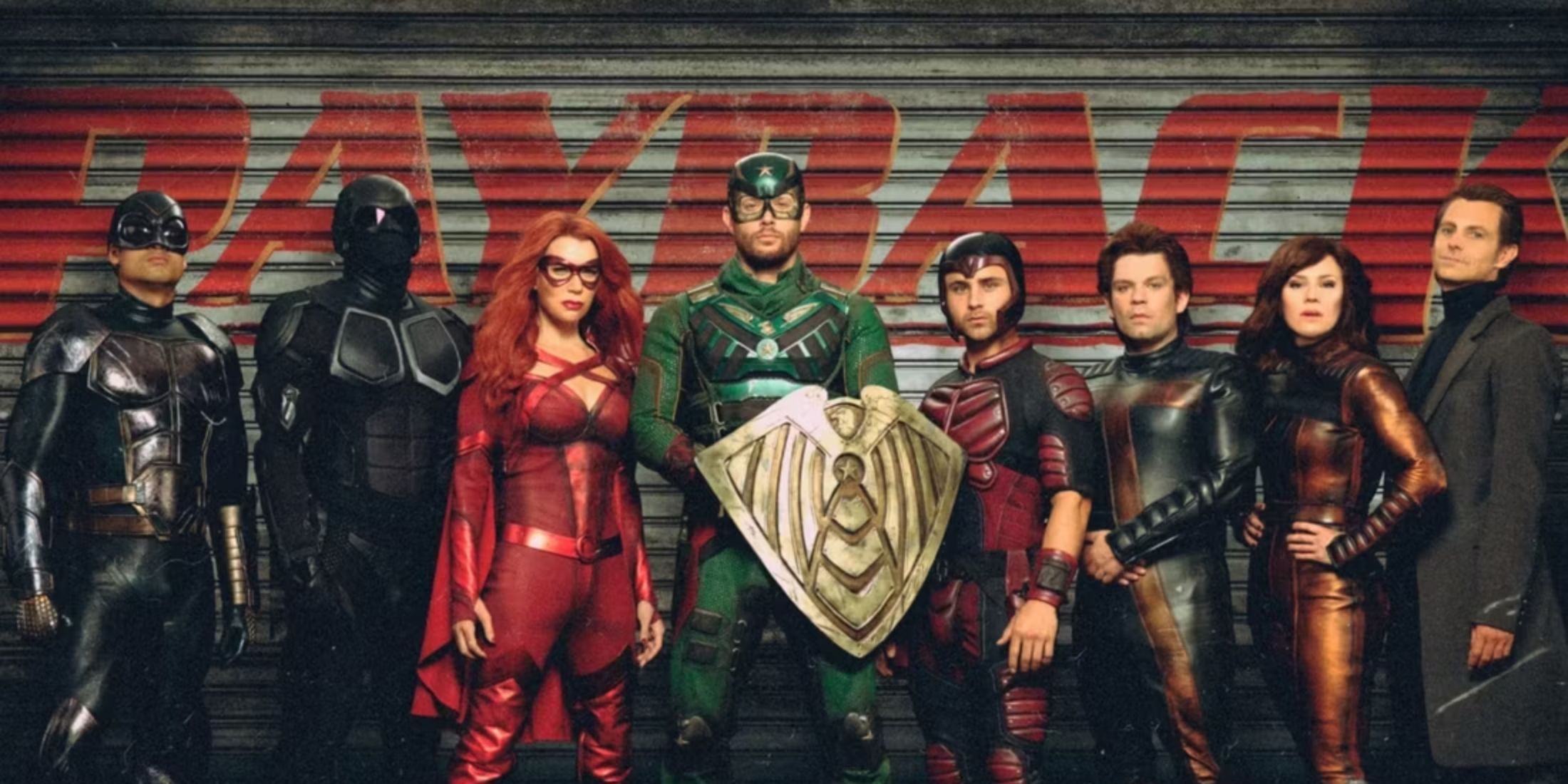
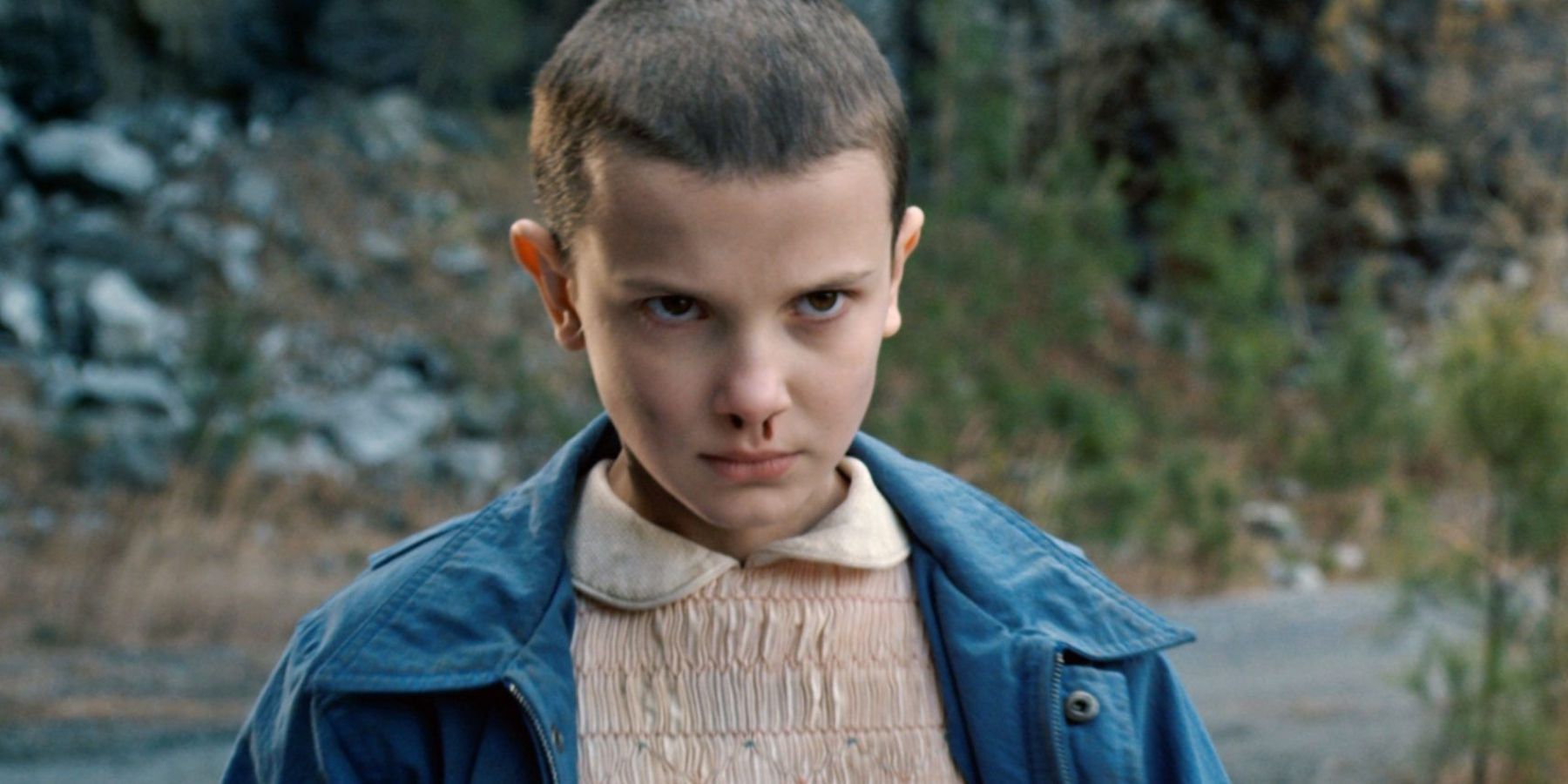
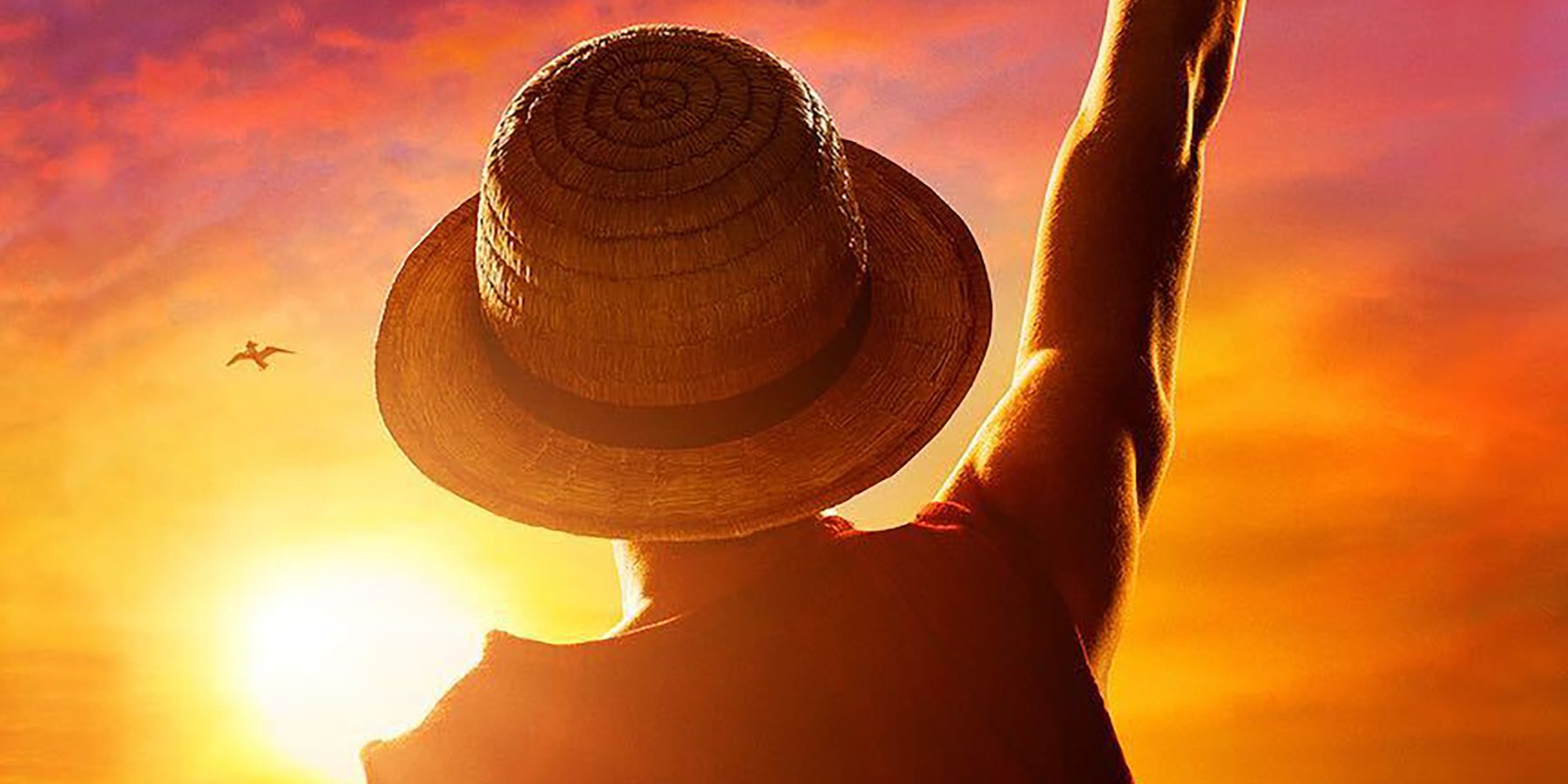
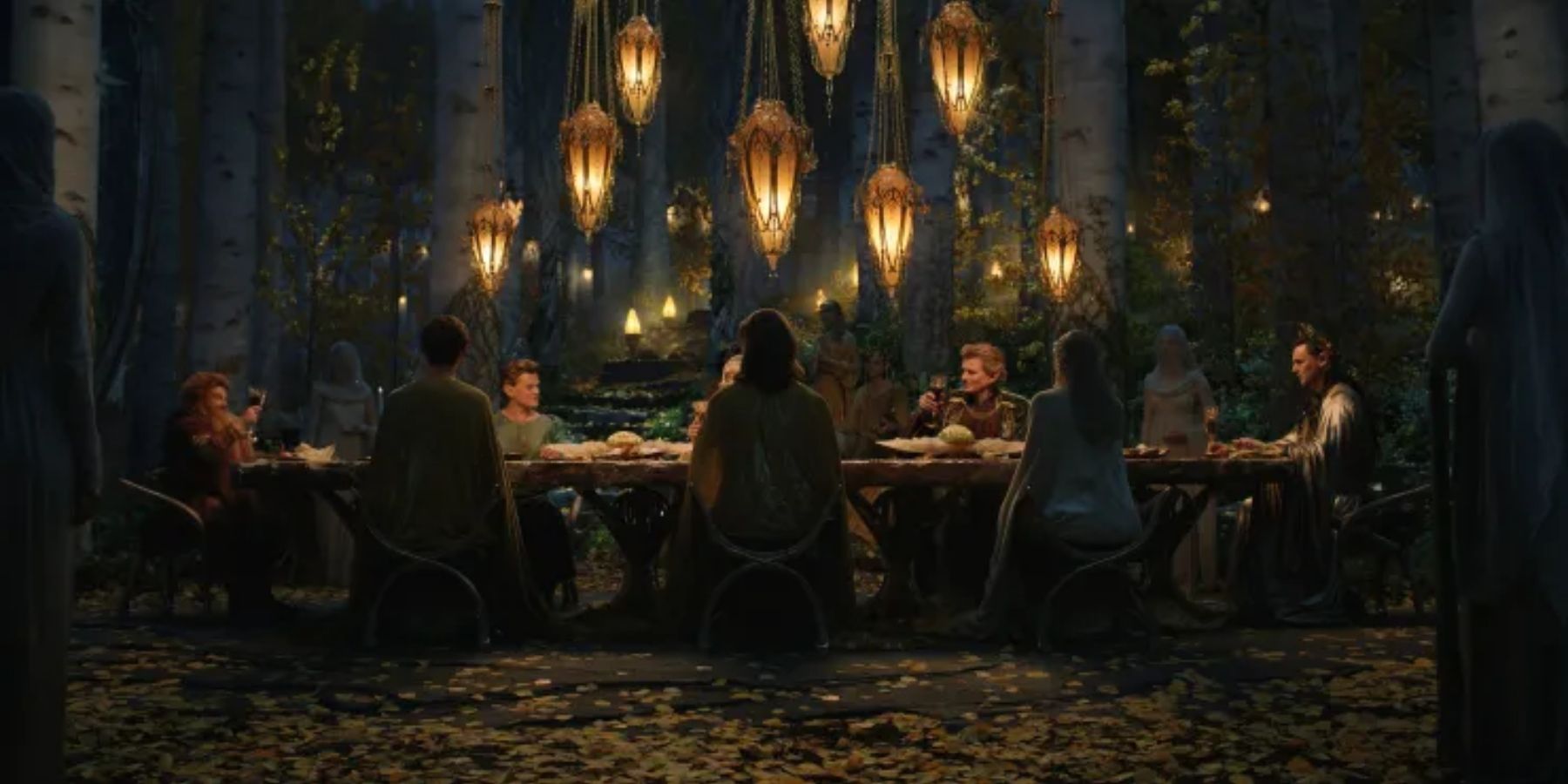
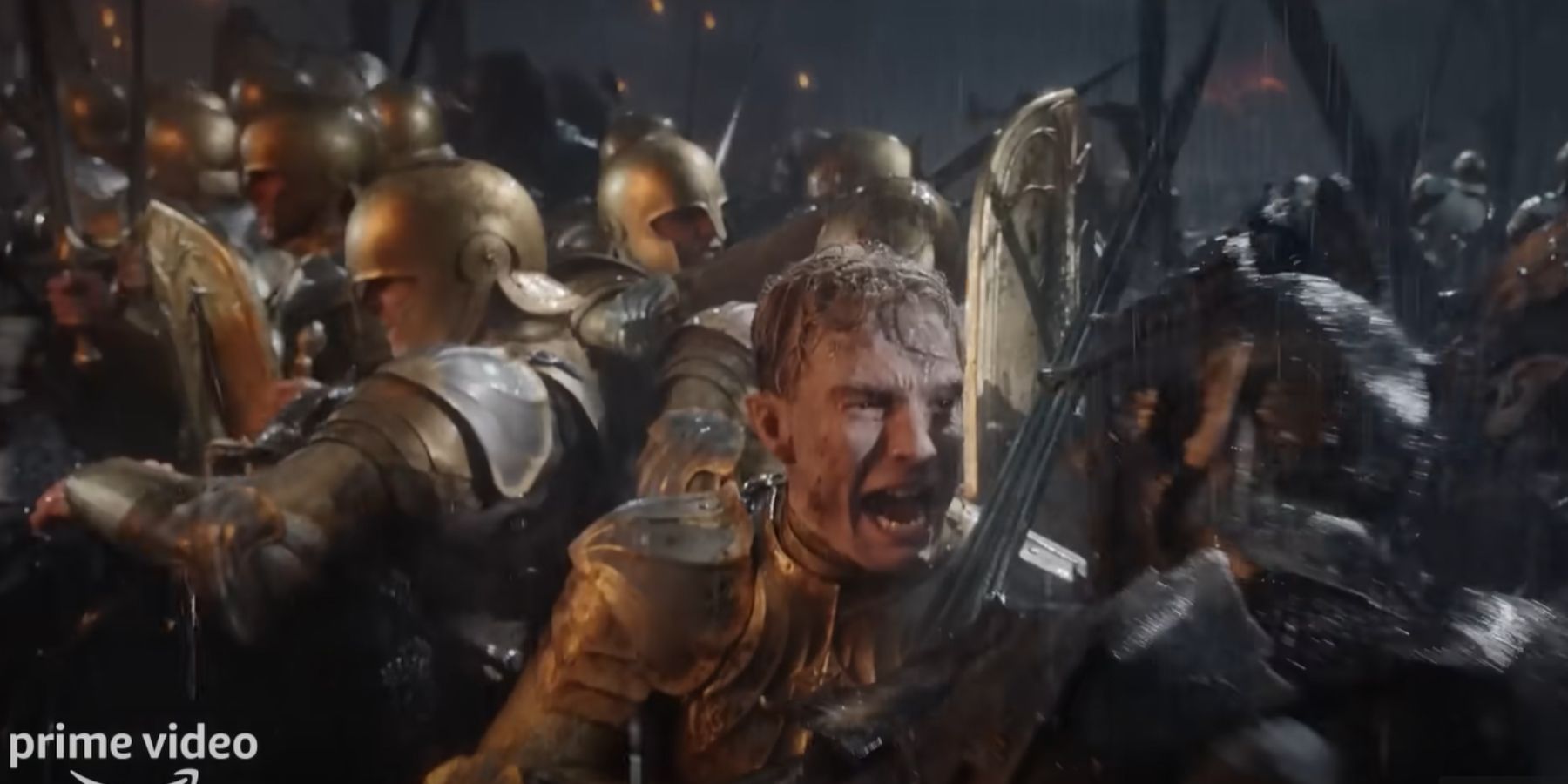
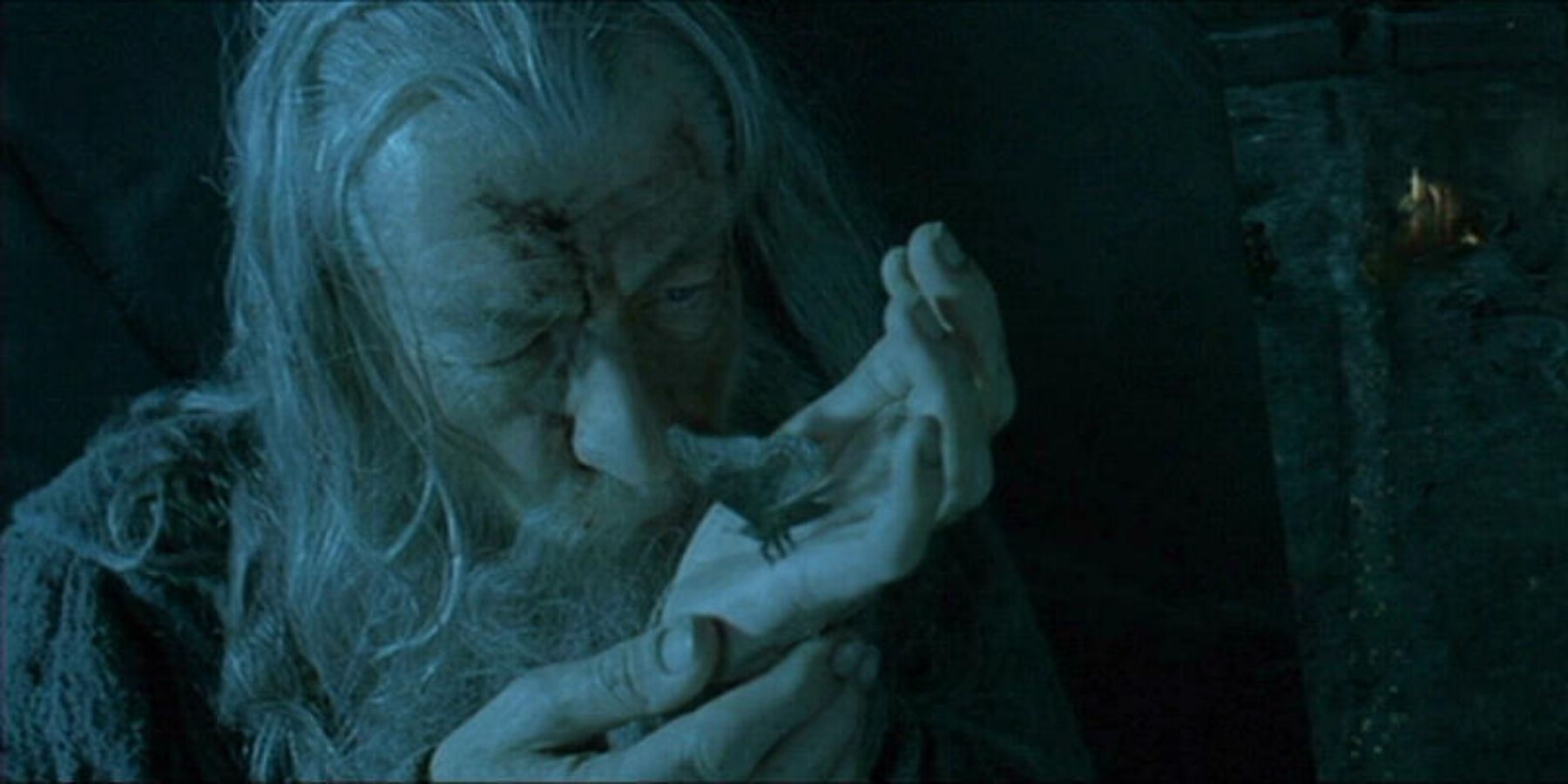
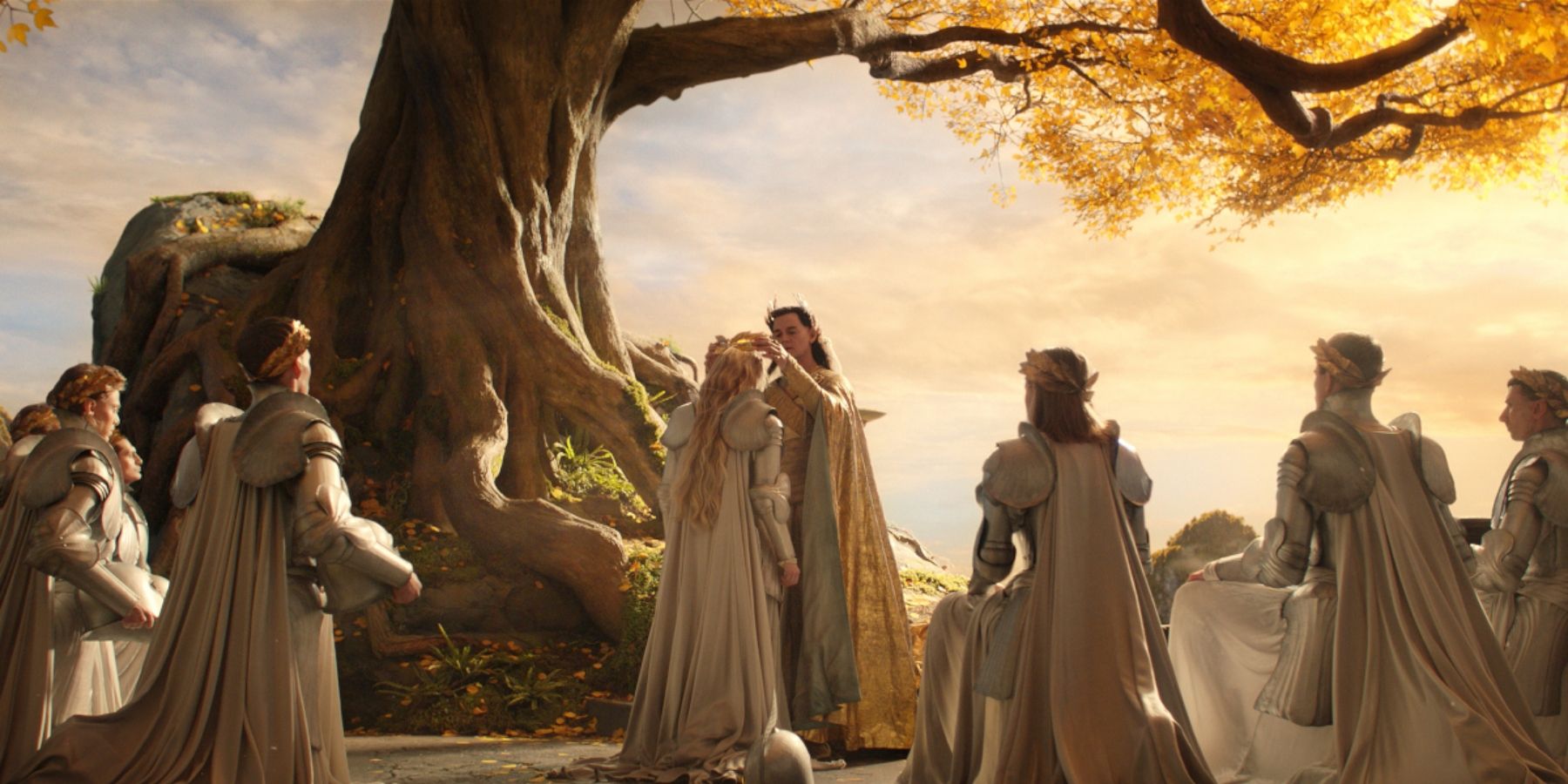
.jpg)
